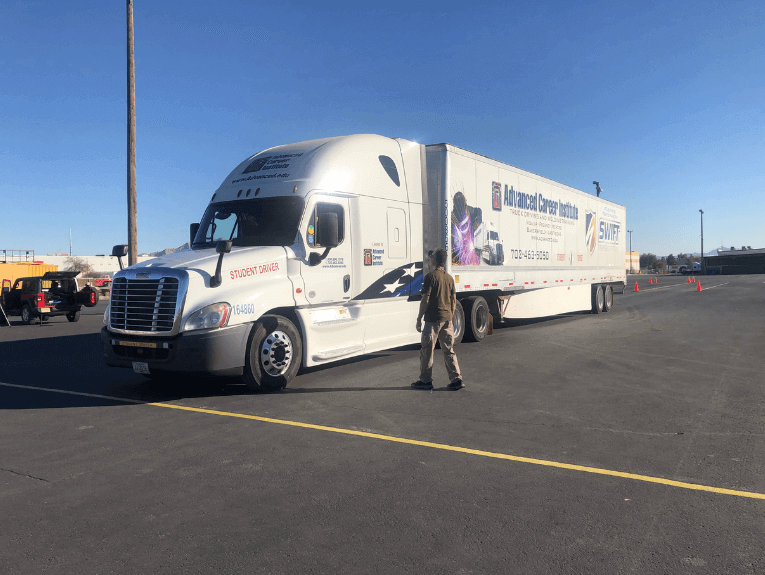A recent study by Continental Tires revealed that
34% of fleet drivers regularly ride on underinflated tires. Continental’s survey pointed to a lack of driver knowledge about the risks of driving on underinflated tires and a lack of education on how to monitor and maintain tires as a culprit of this. This is epitomized by the survey’s other finding that only 50% of fleet drivers know the optimal inflation level for their tires.
In an attempt to combat this problem, here are some of the risks associated with driving on underinflated tires and some measures that truck drivers can take to ensure this does not happen.
Risks of driving on underinflated tires
Reduced Traction and Poorer Steering -Underinflated tires will not grip the road as well as tires that are fully inflated. This means that vehicles can be more challenging to steer, particularly in wet conditions or driving on imperfect road surfaces. This presents a real danger to road users. According to the National Transportation Safety Board, there are around
33,000 accidents each year due to tire-related issues. Underinflated tires are one of the most commonly cited issues of this kind.
Increased Chance of Tire Blowout- When a tire is underinflated, pressure from the road transfers from the supple tread of the tire to the more brittle tire sidewall. As the tire’s sidewall is not designed to take such pressure, this can lead to tire blowouts. A sudden blowout on a highway can be very dangerous. Blowouts are estimated to cause 2,000 accidents each year in the US. Furthermore, blowouts can also lead to long periods of driver downtime and mess up schedules.
Poorer Fuel Economy - Low tire pressure increases the amount of friction there is between the tire and the road. This means that it takes more fuel to move a vehicle at the same speed than when tires are properly inflated. Although this may not affect a driver too much, improving fuel economy is one of the biggest priorities of fleet managers and operators. This is because fuel consumption typically takes up
60% of a fleet’s total operating costs.
How can Truck Drivers Ensure their Tires are Always Fully Inflated?
Knowing your tire inflation specifications - Given that 50% of truck drivers do not know the pressure that their tires should be inflated at, just knowing this basic information will help you be
more responsible about your tires than most of your colleagues. You can find out your truck’s optimal tire pressure by looking at the vehicle’s driver manual. Generally recommended tire pressure is between 35-40 PSI, but this can vary from truck to truck.
Measure your Tire Pressure at Least Once a Month - Since some air will always be leaking out of tires, it’s essential to check your tire pressure at least once every four weeks. You can measure tire pressure with a tire pressure gauge. This tool costs less than $15 and is small enough to be kept in your truck’s glove compartment. As the heat caused by driving (particularly highway driving) causes tire pressure to increase, you should always measure your tire pressure when your tires are “cold.” A “cold” tire has not been driven on for at least 2 hours.
Although most trucks will be fitted with a tire pressure monitoring system, this will only alert you when a tire has deflated below 25% of its optimal pressure. This is far beyond the point where steering and fuel economy are affected, so it’s well worth regularly measuring tire pressure manually.
Keep an Eye out for Outerwear on your Tires
If you drive underinflated tires for an extended time, the outer edges of your tire will wear faster than the middle of the tread. This is because more pressure is exerted on the outside of tires when underinflated. Remember, is why underinflation can lead to blowouts.
We can often feel outerwear if we run our hand over the tread of our tires. You should be able to notice the tactile sensation of tire treads being shallower on the outside of the tread than in the middle. If this is the case, then it’s worth measuring your tire pressure to see if tires are underinflated, as well as being more diligent with keeping your tires inflated in the future.
- Written by Mike Skoropad







 All
All Trucking
Trucking Welding
Welding From the Experts
From the Experts